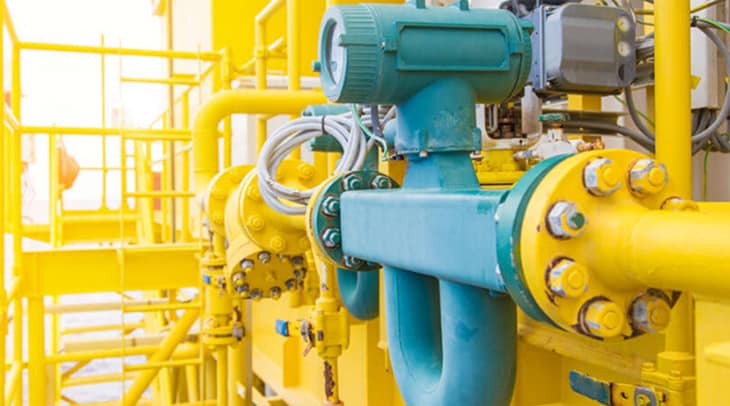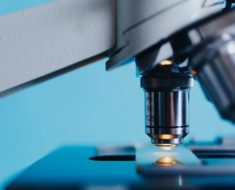
Source: http://squarespace.com
The measurement of a liquid or gas flow is commonly a very crucial thing to specific processes. Most operations in a lot of industries need to know the properties of a substance like its force and pressure. Also, the particular flow of a material can be an essential thing in product making. Other fields, such as ones that deal with toxic substances, need to measure the specific volume and flow rate of a chemical to ensure the safety of their personnel.
In most flow rate meters, whether it specializes in gas or liquid, the flow rate is mostly determined by the fluid’s velocity or change in its kinetic energy. Other factors can change the flow rate of a specific substance, such as its properties like viscosity and density.
What is a mass flow meter?
A thermal mass flow meter, in its primary sense, measures the flow rate of a substance through the convective transfer of its heat in a heated surface that comes in contact with the liquid itself.
The essential components of a thermal mass flow meter are two temperature sensors with a device called electric heater that is put between the sensors. The sensors can be placed in contact with the substance itself by protruding into the stream or putting it outside the pipe.

Source: https://automation.isa.org
How does a mass flow meter work?
A mass flow meter can operate in two ways. The first would be to introduce a specific amount of heat into the stream and measuring the changes in temperature or maintaining a probe at a constant temperature and reading the energy that is required to do so.
When a substance passes through a tube that is energized by a fixed vibration, the mass flow of the stream will cause a change in the tube’s vibration, making it twist that results in a phase shift. The phase shift that occurred from the twisting of the container can be measured by the mass flow meter.
Direct flow measurement
Across almost all industries, the development of direct mass flow measurement is significant. As the analysis can be changed due to the substance’s properties such as mass and volumetric flow, mass flow meters can quickly get accurate measurements by getting its direct mass flow that isn’t affected by the substance’s properties.
Other volumetric measuring devices can’t distinguish the temperature and pressure changes; thus, their results aren’t accurate to some degree. One of the most important aspects of a mass flow meter is its use of the Coriolis Effect in its measurement.
Mass flow meter applications
Thermal flowmeters are most commonly used in monitoring or controlling process that is directly proportional to the mass such as chemical reactions that depends on the mass of the unreacted ingredients like material balance formulations, recipe formulation, and custody transfer operations. These are some of the most critical processes in a processing plant, so the accuracy and precision of the flow meter are of great importance.
Thermal flow meters have a high range when they are operating at a constant temperature difference. However, if the heat is ongoing, the ability of the flow meter to detect small changes in temperature will considerably get lower. The sensors of a thermal mass flow meter are made with unique materials such as glass, PFA, and Monel, which makes the flow meter capable of both high temperature and pressure.

Source: https://ifsolutions.com
Limitations of thermal mass flow meters
Thermal mass flow meters have high range and considerable accuracy, but it is not without flaws, though. Problems like high condensation of moisture when particular gases are measured can happen on the temperature detector. This can result in low reading and will eventually lead to corrosion of the flow meter. Material or coating build-up will also cause the sensor to read low and will also inhibit heat transfer.
Usually, thermal mass flow meters are capable of handling combustion air measurement, air sampling in nuclear power plants, process gas measurements, gas chromatography, filter, and leak testing. Although hot wire anemometers are more suitable with clean gases at a shallow velocity, venturi meters can also be applied in dealing with some other liquid applications.
While thermal mass flow meters can be handy in measuring very low flows, it can also be useful for some other processes such as measuring combustion air, the distribution of compressed, air, and natural gas.
Takeaway
Mass flow meters are among the most accurate and repeatable flow measuring devices among its peers. With the use of an advanced Coriolis force sensor, it measures the current, density, and temperature of the fluid that gives the user an in-depth analysis of the substance being tested. Although it has a high price in the market, it didn’t let people ignore its actual capabilities and usage in a lot of industries.
Author’s Bio:
Sylvia Hopkins is a writer and a blogger, specializing in topics like flow measurement technology. When not working, Sylvia pampers herself at the spa and salon.









































